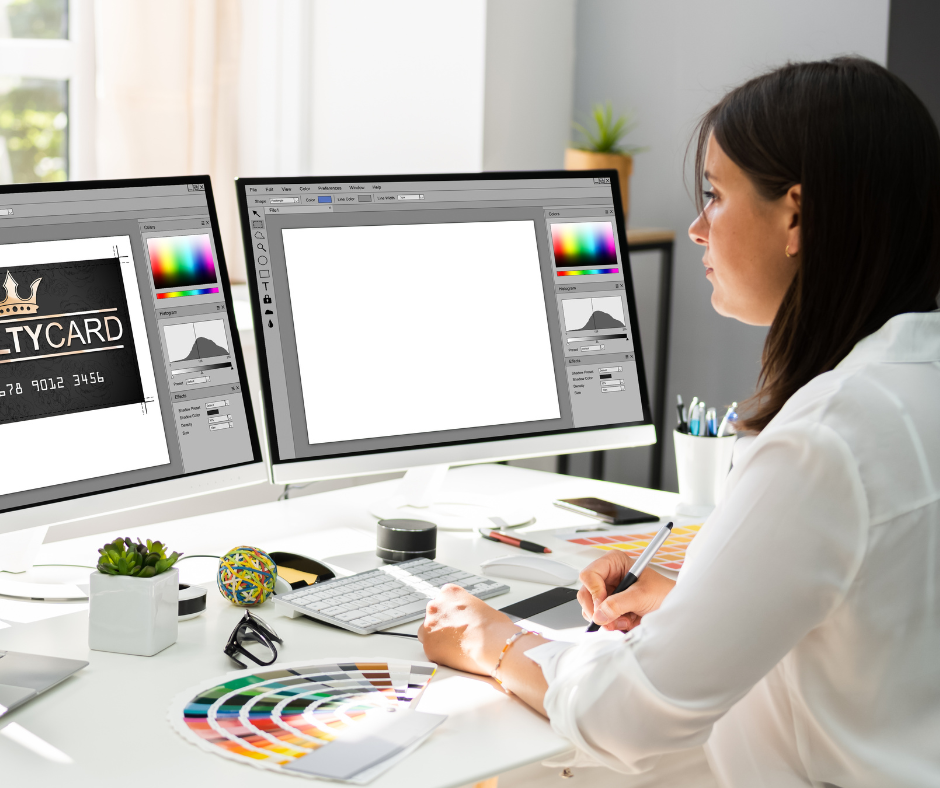For some, brochures may be like a thing of the past, hidden somewhere on racks and shelves of posh office spaces, waiting to be discovered.
However, a study suggests that physical media, such as brochures, are more persuasive and memorable compared to digital media.
After all, it contains important details about the business, the product or services, and other relevant details, so definitely it’s a tool that your business should not miss.
But how can you create stunning brochures and flyers for your business?
A gorgeous brochure design might include a variety of elegant folds and sizes to not only catch the eye of onlookers but also persuade them to pick it up and read its contents.
On the other hand, a poorly made brochure is like uncomfortable eye contact that most people would rather avoid.
Top 5 Design Tips To Create Custom Brochures
When meeting partners in a business meeting, the brochure works well as a persuading tool. It aids in their retention of your company’s mission and could even inspire them to take action.
A strong authoritative voice, reliable facts, and educational content in the appropriate proportions make up an excellent brochure.
A strong visual design can further improve a business’s image.
So without further ado, here are some ways to create custom brochures:
Ask Questions
Before anything else, ask your clients a series of questions to gain insight into the message they want in their brochures. Learning what goals should be presented in their material is important.
Most customers want a new brochure for the same reason: the previous one wasn’t successful. Focus on capturing specific goals rather than attempting to fit everything into the brochure if the customer produces a list of demands.
Be Easy On The Fonts
Avoid overly decorating the display with several fonts.
Normally, if the heading, subheading, and body all use the same typeface, a brochure might be more appealing to a wider audience.
There may be times when a client will ask for unusual custom headline typefaces; sometimes, a customer may choose a typeface on their own.
In cases like this, the key is to align the design with the existing corporate identity or branding.

Choose The Right Paper
Ask your clients if there’s a specific paper they want to use. If not, you can suggest the best one that would match their goals.
When doing so, remember the three main factors that distinguish different types of paper — thickness, opacity, and coating. so for instance, if they want to create custom brochures that will last for a longer time, they can go for uncoated paper.
The choice of paper is crucial since paper quality can affect how each brochure feels and looks.
Create A Copy Of Your Work
Creating a copy of your work is important before increasing the print volume.
This is a simple step that most designers and clients forget or often ignored.
In later stages, the copy of your work will help you analyze if its content and presentation work well together or if you need to do modifications.
Instead of recreating the entire brochure, you can just edit your saved copy and reduce unnecessary work.
Think Of End Users
As mentioned, a goal is critical before making a brochure, and when creating a goal, you must focus on end users.
From the design stage up to the marketing, you must focus on the experience of the consumers.
So, when making a goal, ask yourself these questions:
- What is the main purpose of the brochure? Is it to answer frequently asked questions? Does it include a giveaway? Is it to introduce a new product or service?
- What outcome do you want to get from the end user when they receive it?
- Is it straight to the point or not?
A brochure will have served its purpose if it provides the appropriate quantity of information to its intended audience.
Therefore, if designing a brochure, keep the end consumer in mind.
These are just some of the tips you might want to use when creating brochures for business.
Watch out for more Ways To Creating Stunning Brochures And Flyers For Your Business [Part 2]!
